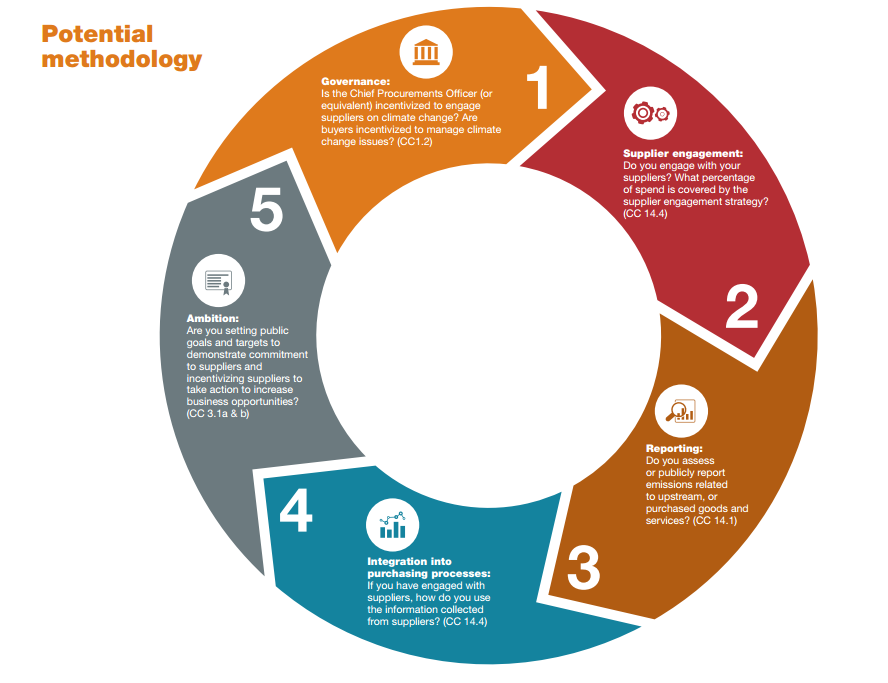Mobilizing Suppliers for Climate Resilience: CDP 2015-2016 Supply Chain Report
Marshall Chase, Associate Director
For the last few months, a small team of BSR and CDP staff—partnering through the We Mean Business coalition—has been reviewing information submitted by more than 4,000 suppliers from around the world and across a range of industries. This information, with a wealth of detail about climate risk perceptions, management, and emissions performance, all comes together with today’s launch of the CDP’s 2015-2016 supply chain report, “From Agreement to Action: Mobilizing Suppliers Toward a Climate-Resilient World.”
In the wake of last December’s Paris Agreement on climate change, much more needs to be done to keep the world below a 2°C rise in temperatures. Supply chains can account for up to four times the greenhouse gas emissions of a company’s direct operations, which means that building climate-resilient supply chains is a key aspect of business action on climate change, and of driving the Paris Agreement forward.
The new report offers a path toward better management and decreasing emissions: Both purchasing organizations and suppliers can identify common trends and supplier performance, as well as access practical steps that will drive climate resilience.
But this report was not generated in a vacuum. I also want to speak to the wider “team” that helped create this report, and those that can make it even more valuable: CDP’s supply chain program members, their suppliers, and you.
To CDP’s supply chain members: Well done. Your requests to suppliers drive this process of measuring, reporting, evaluating, and improving on climate performance. Your active engagement with suppliers over time is improving their performance, and helping identify and reduce your own supply chain climate risks. Please keep at it: Greater attention to and experimentation with supply chain engagement is needed to make the change necessary to meet the Paris commitments.
To suppliers that submitted a CDP questionnaire: Congratulations, and thank you. We couldn’t have written the report without you. You are one of only 50 percent of suppliers taking this step to enhance relationships with leading customers; identify real business challenges and opportunities from climate change; and increase your resilience in the face of growing regulatory, physical, and other climate risks. For many of you, it’s time to take the next step: Use the information you’ve gathered to manage your climate risks and reduce your greenhouse gas emissions.
To everyone: I encourage you to have a look at the report (and if you’re extremely busy, there’s a handy one-page executive summary). Ask us questions. Let us know what you like about it, and what else you want to know—there’s a lot more we can do with this data, and we need to hear from you to make it as useful as possible. And if you don’t know where to start, how to use the information that suppliers submit, or how this should play into your company’s climate and business strategy, then get in touch with us—we are very happy to help our members and partners.
This post first appeared on BSR.

